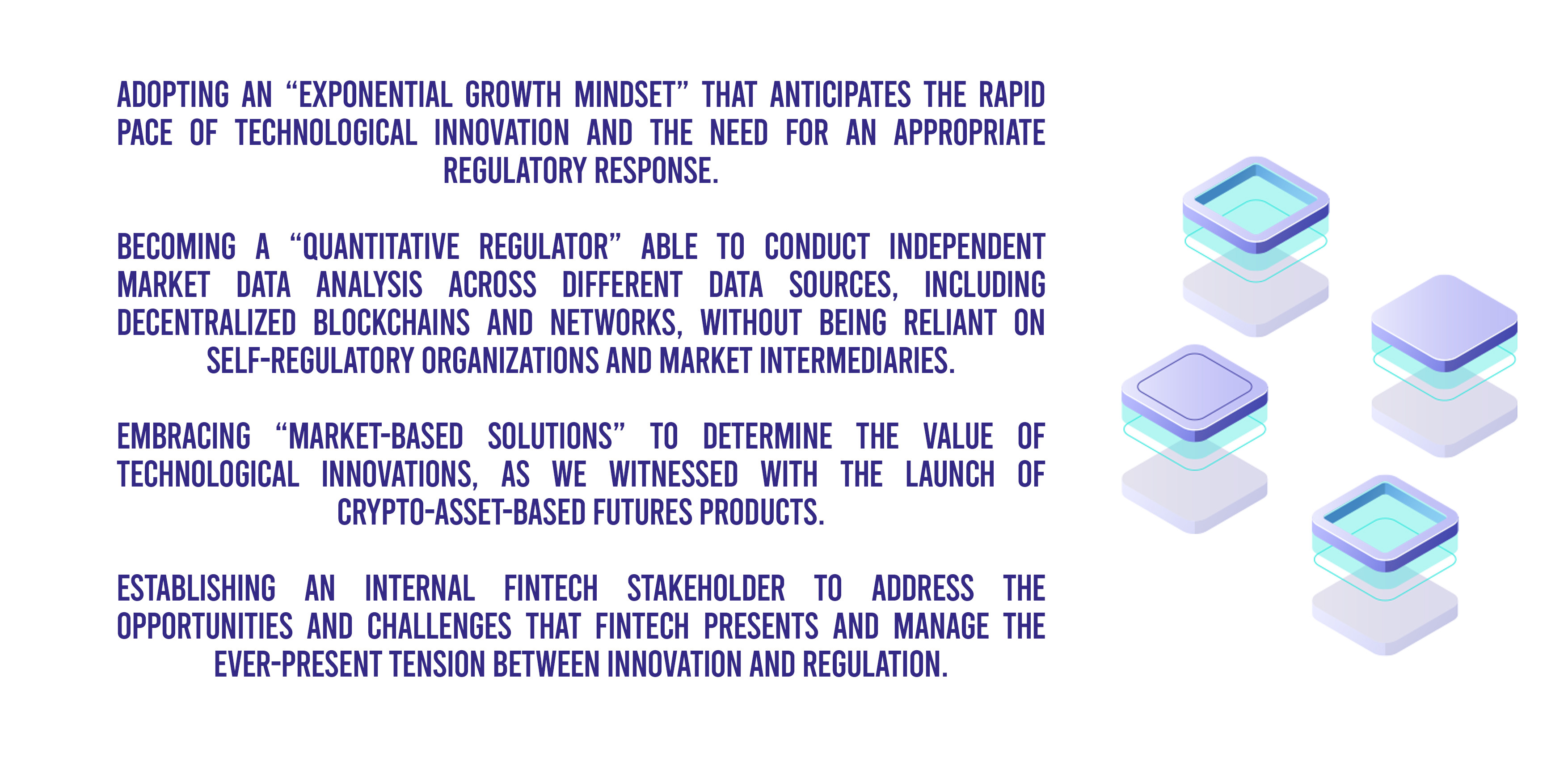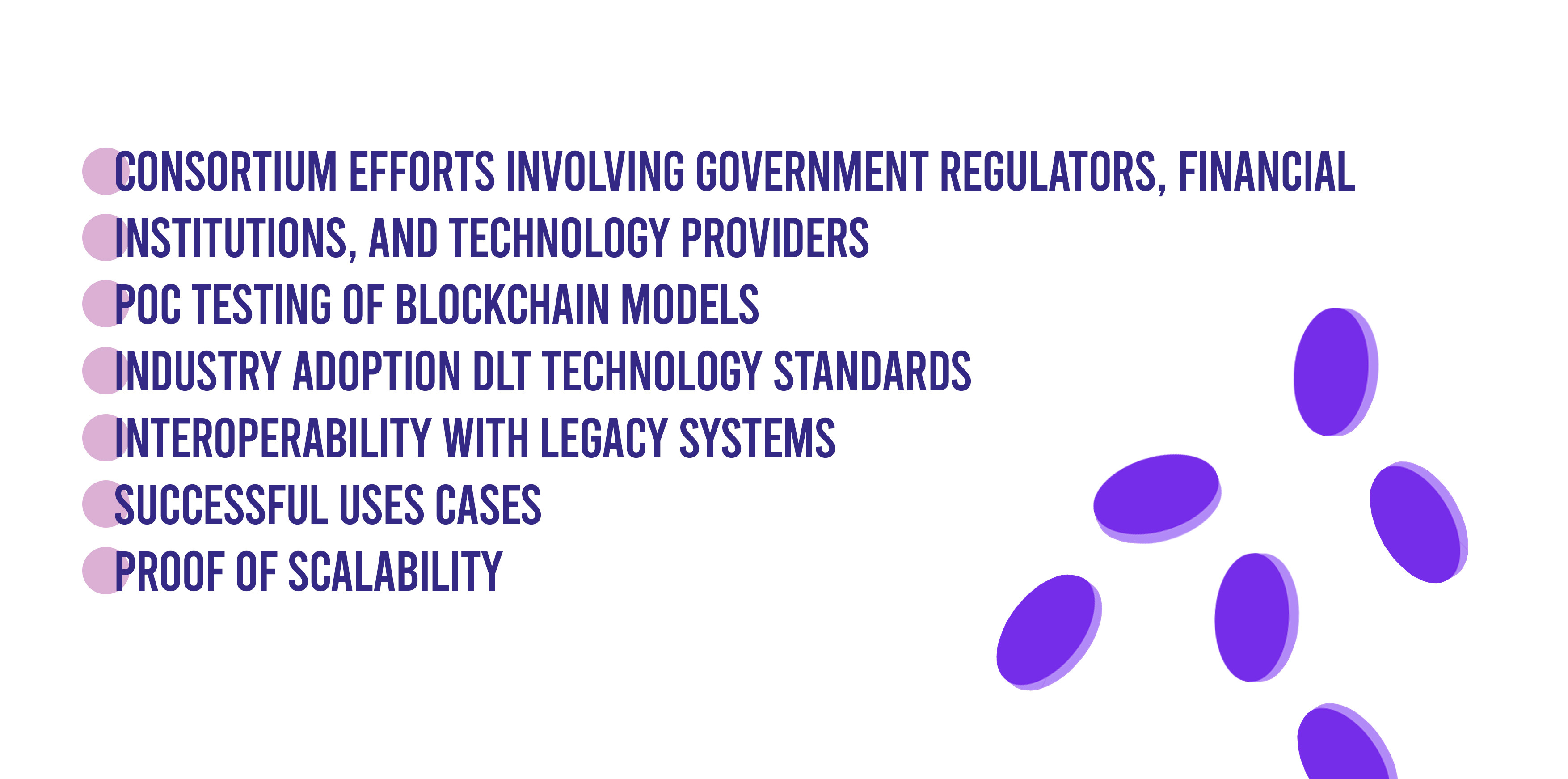
Blockchain: merely scratched the surface of its potential
According to WinterGreen Research, Blockchain is predicted to exceed the US $10-trillion worldwide by 2030 as it creates new digital economic infrastructure. The report states that the blockchain market is moving into rapid growth mode as the digital economy takes hold. Blockchain is a core enabling technology that will help banks and other financial services organizations move into the modern age of real-time transaction processing. The banking sector was previously held back by the outdated mainframe computing technologies that managed data in batches. Today, digital data is handled in real-time over the Internet, and blockchain is spurred by more modern ways to manage global transactions across national borders. In short, blockchain is a distributed ledger system that provides enhanced security to the real-time digital economic process. Blockchain comprises blocks of digitally recorded data, and the demand for this technology is growing everywhere. More than 60 IBM cloud data centers see blockchain as the top application driving growth.

Rapidly changing markets and technological developments, including blockchain technology and cryptocurrencies, is built upon the following four cornerstones:

The world’s trading markets are going through the same digital revolution from analog to digital, from human to algorithmic trading and from stand-alone centers to interconnected trading webs. Emerging digital technologies are impacting trading markets and the entire financial landscape with far-ranging implications for capital formation and risk transfer. A boldness to innovate is at the center of the technology revolutions of big data, DLT, and AI. The combination of these technologies and others still yet unimagined will standardize and distribute data to market participants and regulators while bringing tremendous efficiencies. These technologies will also bring incredible advances to other areas of our world as well, such as international trade, charitable endeavors, health care, social services, and more.

Business leaders are struggling to predict the future of blockchain technology, and they are most likely underestimating its potential. If they are not fully embracing it right now, they will be missing the many opportunities it has to offer. According to Juniper Research, blockchain technology is being considered by more than half of big corporations. It found that 57 percent of large corporations with more than 20 000 employees, were either actively considering or in the process of deploying blockchain. This technology can change all aspects of the digital economy, including shopping, conducting business, delivering healthcare, entertainment, and staying connected with a social world.

Blockchain is a system for recording and sharing information, including financial data. Because of the way data is stored within a blockchain, there is no need for a central organization tasked with controlling records. This decentralization makes it easier to transfer data or money while reducing the risk of fraud or error. The benefits are such that the World Economic Forum has predicted that 10% of GDP will be stored on blockchain technology by 2025. Blockchain has become famous mostly through the meteoric rise of bitcoin, which has seen the market value of cryptocurrencies rise to over $540 billion. But its use goes far beyond this. Its ability to verify clients and products is expected to lead to better records of property ownership and certification of diamonds. It could provide smart contracts that automatically payout when success criteria are hit. By acting as a secure system for direct payments, it will reduce the need for intermediaries in financial systems, allowing people to make payments more quickly and directly. Online payments have gained tremendous traction, and card-based payments have increased drastically. Blockchain technology creates an increased speed of transaction processing and greater efficiency in real-time processing.

Furthermore, cryptocurrency is becoming increasingly popular. Distributed ledgers support the payment system for digital currency to operate in decentralized mode by eliminating the need for intermediaries to centralize processing. Distributed ledger technology also enables tracking of financial transactions. It virtualizes tracking and trading anything of value via creating digital money. Blockchain provides a robust environment for secure data sharing in real-time. Bitcoin, cryptocurrency, and blockchain are associated terms. Sure, they overlap, but they are different concepts altogether. Cryptocurrency forms the more significant subset here with blockchain defining the algorithms which tie the process together. Bitcoin is an event that grabbed limelight towards cryptocurrency. This is almost similar to how some people call it a “Google search” and not an internet search because they do not realize that Google is not the internet; that Google is a small search engine that facilitates the search.
On the other hand, any platform that collates everything across websites is a search engine. Here, the brand name has almost become so synonymous with the process that the brand name is used to describe the process. Similarly, Bitcoin is a platform that facilitates cryptocurrency with blockchain technology. It takes some understanding to differentiate the two, but once you do, you get the idea of how it works. Again, if you look closely, the world’s first search engine was Yahoo. It could not sustain the turbulent times and failed to adopt on so many levels that the original idea was compromised. Google, on the other hand, capitalized on the existing pitfalls and overcame those flaws with their capabilities, and it lived through the darkest nights, guiding us to the break of dawn. Bitcoin introduced a concept but failed to evolve. That does not have to mean that either cryptocurrency or blockchain technology is flawed. Numerous organizations are exploring these options, and new avenues are bound to open up soon.

Blockchain comprises blocks of digitally recorded data that create a distributed ledger. There are many different types of distributed ledger systems, each obeying their security and privacy levels. Despite confusing acronyms such as DLT in financial and Fintech circles, the good news is that this technology is relatively easy to understand. A distributed ledger is a database that exists across several locations or among multiple participants. By contrast, most companies currently use a centralized database that lives in a fixed position. A centralized database essentially has a single point of failure. However, a distributed ledger is decentralized to eliminate the need for a central authority or intermediary to process, validate, or authenticate transactions. Enterprises use distributed ledger technology to process, verify or verify transactions or other types of data exchanges. Typically, these records are only ever stored in the ledger when the consensus has been reached by the parties involved. All files in the distributed ledger are then timestamped and given a unique cryptographic signature. All of the participants on the distributed ledger can view all of the records in question. The technology provides a verifiable and auditable history of all information stored on that particular dataset. In short, blockchain is a specific type of distributed ledger. It is designed to record transactions or digital interactions and bring much-needed transparency, efficiency, and added security to businesses. But these two technologies are not the same; blockchain is just the tip of the proverbial iceberg.

Blockchain will not only benefit the asset management industry but will also mean obsolescence for specific intermediary roles, is rightfully troubling for some. However, those impacted must not confuse obsolescence with extinction. The asset management business is all about making the most of opportunities, and those whose roles will evaporate will find new opportunities to serve their clients within the expansive blockchain-asset management ecosystem. There is no centralized “point of failure,” the computing power necessary to hack a blockchain is nearly impossible to achieve. The road to broad adoption across the asset management sector will include a process similar to the following:

Experts suggest, further, that institutions begin by applying blockchain technology to internal, back-office processes before attempting large-scale implementation on public-facing systems.

This technology is essential because it brings trust to P2P (peer-to-peer) networks. The purpose of any bank is to act as a trusted third party to transactions. The answer is blockchain technology; by using this technology, we now have an objective, trusted a third party to facilitate our operations. Peer-to-peer computing is allowing blockchain to be aggregate unused compute cycles, storage space, and network bandwidth while rewarding those who offer up excess capacity. One analyst called the services 'Uber for computers on a blockchain. Utilizing blockchain's decentralized architecture, smart contracts, and cryptocurrency applications, an emerging ecosystem of startups is now offering to pay companies and consumers for their computers' unused storage capacity and network bandwidth. The companies, which use blockchain's peer-to-peer (P2P) architecture to deploy software to different computers or servers, then offer services through aggregated resources — from data storage for distributed application development to cybersecurity.

Blockchain applications offer essential functions such as payment, escrow, and they can also reduce fraud, increase financial privacy, speed up transactions, and internationalize markets. The most common use for blockchain is to expedite the transfer of digital funds from one person to another or one company to another. With banks removed from the equation, it is now possible to validate transactions 24/7. Blockchain transactions can be processed and settled within a matter of seconds. More importantly, blockchain is beneficial when it comes to monitoring supply chains. By removing paper-based trails, businesses can identify inefficiencies within their supply chains immediately, as well as locate items in real-time. It also enables companies to view how products performed from a quality-control perspective as they move from the warehouse to the retailer.

Blockchain technology can be used to create a permanent, public, transparent ledger system for compiling data on sales, tracking digital use and payments to content creators such as musicians In today's Internet-driven world, copyright and ownership laws on music and other content has become vague. Blockchain will help considerably for digital content downloads, ensuring the artist or creator of the material gets paid fairly. It could also provide real-time and transparent royalty distribution data to musicians and content creators. Because blockchains are immutable ledgers of data, they have an apparent use in copyright rights management. Metadata on ownership and other aspects of the digital copyright asset can be stored on the blockchain. A smart contract can be used to automate who has access to the asset and under what conditions. The blockchain platform can also handle remuneration through, for example, the use of a cryptocurrency like bitcoin. It, therefore, has the potential to revolutionize how digital copyright assets are exploited. But some have also suggested that copyright could become redundant if the content is managed through blockchain and smart contracts. There would be no need for it, although there must remain a risk of piracy. Another issue blockchain raises is that the autonomous, resilient, and tamper-resistant features of blockchain pose challenges if blockchain is used for unlawful purposes such as illicit file-sharing. In practice, it may be tough to prevent such infringing activity.

As blockchain technology matures, we can already see the real value emerge, one that supports not only cryptocurrency but many other business applications. The impact is far more significant than anyone realizes; it has the potential to change industries, economies, businesses, and society as a whole. We have merely scratched the surface of its potential.